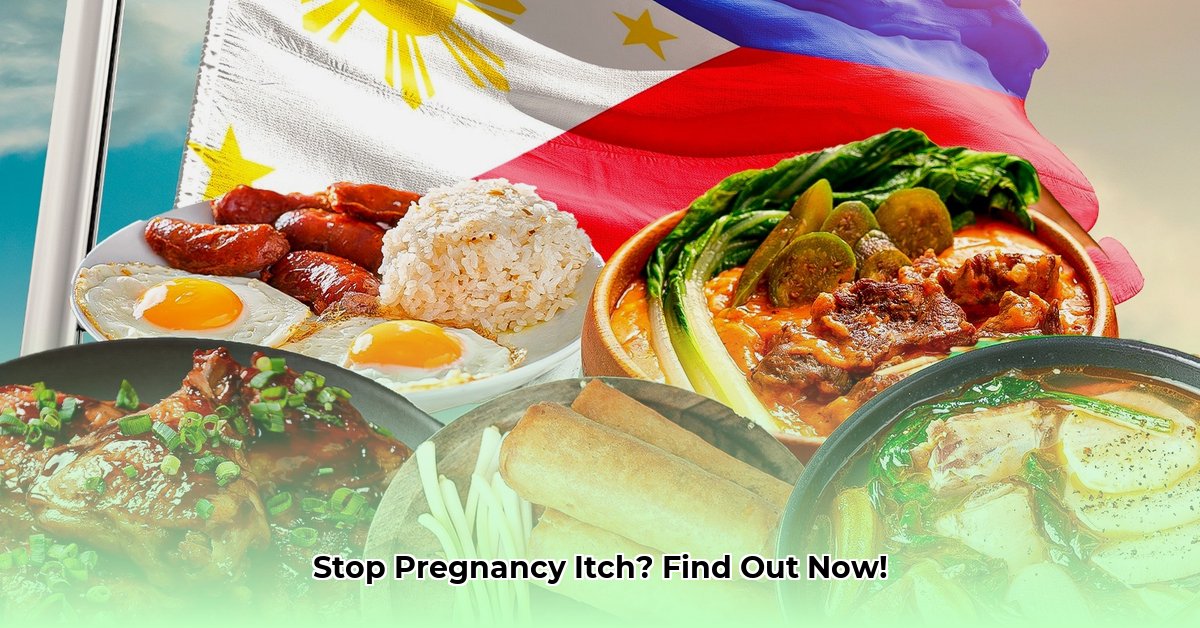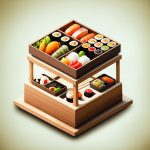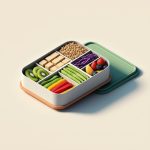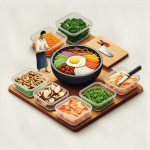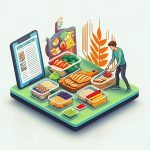That awful itch from PUPPP (a pregnancy rash) can really put a damper on the excitement of expecting. It’s a frustrating skin condition with intensely itchy red bumps, mostly on your belly. Doctors aren’t entirely sure what causes it, but lots of moms-to-be wonder if food has anything to do with it. This article will look at what we know about PUPPP, whether certain foods actually make it worse, and give you some practical tips to manage the itch. We’ll be upfront – there’s no magic diet to cure it, but we’ll explore foods some people find helpful to avoid, along with other ways to feel better, like cool baths. Most importantly, we’ll stress the importance of seeing your doctor. This isn’t about quick fixes, but about finding comfortable ways to manage your PUPPP during your pregnancy.
Foods to Avoid With PUPPP Rash: A Guide for Expectant Mothers & Dietary Impact
Pregnancy is a beautiful journey, but sometimes it throws curveballs, such as PUPPP (Pruritic Urticarial Papules and Plaques of Pregnancy), a rash that makes its unwelcome appearance, typically during the final months. Imagine intensely itchy, red bumps and welts cropping up, often starting on your belly but potentially spreading across your body. While PUPPP is generally harmless to both you and your baby, that relentless itching can be incredibly disruptive to your sleep and overall well-being. Can dietary changes really make a difference in alleviating this discomfort?
Understanding PUPPP: Unraveling the Mystery & Common Misconceptions
The truth is, we don’t have all the answers about PUPPP. Experts suspect that hormonal changes and the stretching of your skin during pregnancy play a significant role. The most popular theory suggests that rapid expansion of the abdomen leads to stretch marks, damaging connective tissue and causing inflammation. Another theory points to hormonal fluctuations as the culprit. However, the exact cause remains a bit of a puzzle. This uncertainty also extends to the influence of diet. While some moms-to-be report feeling better after cutting out certain foods, there’s no definitive scientific proof linking specific foods to the severity of PUPPP. Think of it as a complex mystery we’re still working to solve. Is it mostly anecdotal, or a genuine correlation?
Diet and PUPPP: Exploring the Possibilities & Anecdotal Evidence
Many pregnant women with PUPPP find that tweaking their diets seems to help. It’s definitely worth exploring! But it’s essential to remember that what works wonders for one person might not do a thing for another. We’re talking about anecdotal evidence here, not rock-solid scientific conclusions. Think of it as a personal experiment to see if any dietary changes might bring you some relief. Remember to speak with your doctor before making drastic changes to your diet.
Let’s look at some food categories often mentioned in connection with PUPPP:
Foods Often Linked to Increased Inflammation:
- Processed Foods: Think sugary snacks, chips, and fast food. These aren’t typically the healthiest options during pregnancy anyway, and some believe they might worsen inflammation in the body. Look for hidden sources of processed ingredients like high fructose corn syrup, artificial sweeteners, and trans fats.
- Spicy Foods: The heat from spicy food can irritate already-sensitive skin, potentially making the itching worse. Ingredients like capsaicin in chili peppers are known to trigger inflammatory responses.
- Greasy or Fried Foods: These can upset your stomach and potentially increase inflammation. The high saturated and trans fat content can contribute to systemic inflammation. Your digestive system is already working overtime during pregnancy; giving it a break might ease your symptoms.
Foods That Might Trigger Individual Sensitivities:
- Dairy Products: Some pregnant women find they become more sensitive to dairy products during pregnancy. This could be due to an intolerance to lactose or sensitivity to certain proteins in milk. Cutting back or eliminating dairy might be worth a try if you suspect it’s a problem for you. Consider alternatives like almond milk, soy milk, or oat milk.
- Caffeine: This stimulant might boost inflammation in some people. It can also act as a diuretic, potentially leading to dehydration and further skin irritation. Try reducing your intake of coffee, tea, and soda to see if it helps.
- Citrus Fruits: The acidity in citrus fruits might further irritate your already itchy skin. It’s a good idea to avoid these while you’re experiencing the rash.
- Chocolate: Some components in chocolate are thought to trigger histamine release in some individuals, leading to more itching and irritation. If you’re a chocolate lover, you might consider cutting back for a while to see if it makes a difference. Opting for dark chocolate with a high percentage of cacao and lower sugar content might be a better alternative.
- Red Meat: Red meat is high in saturated fat, which can contribute to inflammation in the body. Consider leaner protein sources like poultry or fish.
Important Note: Remember, eliminating these foods doesn’t guarantee PUPPP will vanish. It’s more about a process of trial and error, figuring out what might make a difference in your case. Keeping a food diary – noting what you eat and how your skin reacts – can be very helpful. This allows you and your doctor to identify any potential patterns. In your food diary, also include details like the time of day you ate the food, the quantity, and any other symptoms you may be experiencing.
Beyond Diet: Effective Strategies for Relief & Home Remedies
Along with dietary changes, several other approaches can provide relief from PUPPP’s intense itching:
- Cool Compresses: Applying cool, damp cloths to the affected areas can provide immediate soothing relief. Add a few drops of chamomile or lavender essential oil to the water for extra calming benefits.
- Oatmeal Baths: A colloidal oatmeal bath (look for products specifically formulated for this purpose) is especially helpful in calming irritated and inflamed skin. Make sure the water is lukewarm, not hot, as hot water can worsen the itching.
- Over-the-counter Hydrocortisone Cream: A low-strength hydrocortisone cream can help reduce inflammation and itching. Always follow the product instructions. Consult your doctor or pharmacist before using, especially on large areas or for extended periods.
- Loose, Breathable Clothing: Opt for loose, soft clothes that won’t rub against your skin and aggravate the rash. Natural fibers like cotton, linen, and silk are generally more breathable than synthetic fabrics.
- Gentle Moisturizers: Keep your skin well-hydrated by using a fragrance-free, gentle moisturizer several times a day. Look for moisturizers containing ingredients like shea butter, cocoa butter, or ceramides.
Crucial Point: These methods are for managing your symptoms. They don’t cure PUPPP, which generally clears up after your baby is born.
When to Seek Professional Medical Attention: Diagnosis & Treatment
If your PUPPP is severe, causing intense discomfort, or doesn’t improve with home remedies, it’s very important to see your doctor or a dermatologist. They can offer additional treatments – possibly including prescription-strength creams containing corticosteroids – and rule out other skin conditions. Conditions like pemphigoid gestationis, a rare autoimmune disorder, can mimic PUPPP but require different treatment. Don’t delay; professional guidance is essential for effective symptom management and overall comfort during this time. Remember, you’re not alone, and professional help is readily available.
How to Effectively Manage Severe PUPPP Rash During Pregnancy & Integrative Approaches
Key Takeaways:
- PUPPP is an itchy rash common in late pregnancy, usually resolving after delivery.
- While no foods definitively cause PUPPP, eliminating certain items might help some pregnant mothers who are experiencing an exacerbation of symptoms.
- Managing symptoms involves a multi-pronged approach including diet, lifestyle, and medical care.
- It’s crucial to consult your doctor for diagnosis and treatment.
Understanding PUPPP & Its Symptoms
Imagine your skin as a canvas. During pregnancy, this canvas stretches. With PUPPP (Pruritic Urticarial Papules and Plaques of Pregnancy), intensely itchy bumps and welts appear, mostly on the belly, but can spread. It’s usually harmless to mom and baby, thankfully. But the itch? That’s another story. It can be incredibly disruptive to your sleep and overall well-being. The exact cause is still a mystery, linked to hormonal shifts and skin stretching. The rash often starts within stretch marks on the abdomen and may spread to the thighs, buttocks, breasts, and arms, typically sparing the area around the belly button.
Diet and PUPPP: What’s the Connection? & Current Research
The million-dollar question: Can diet influence PUPPP? Unfortunately, there’s no clear-cut answer. Scientific evidence is limited. While research is ongoing, there’s no solid proof showing specific foods directly cause or cure PUPPP. However, many expecting mothers report symptom improvement after changing their diets. While exact figures are difficult to ascertain due to lack of formal studies, anecdotal evidence suggests that a significant portion of women, perhaps around 30-50%, notice a reduction in symptoms by changing the foods that trigger inflammation
Foods Often Associated with Increased Inflammation (Anecdotal Evidence) & Key Foods to Avoid
Some foods are commonly linked to inflammation. Eliminating these might ease your symptoms, but it’s not a guaranteed fix. It’s all about trial and error.
- Highly processed foods: Think fast food, sugary snacks, and packaged goods. These often contain additives and preservatives that can
- Shop Bento Lunch Boxes on Sale Nearby Now - December 7, 2025
- Shop Bento Box for Sale To Find Your Ideal Lunch Container - December 6, 2025
- Lunch Box That Fits Bento Box Neatly for Daily Use - December 5, 2025
